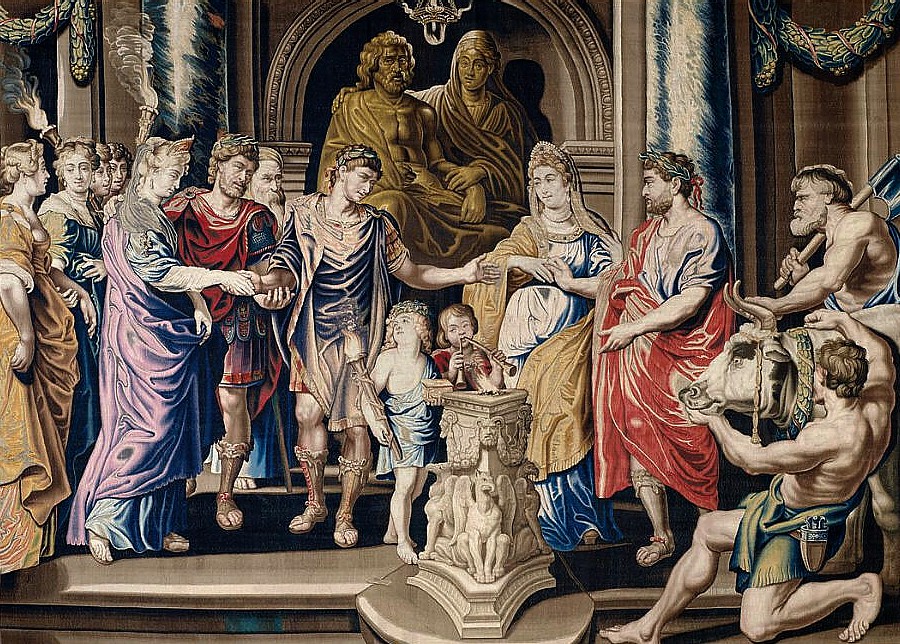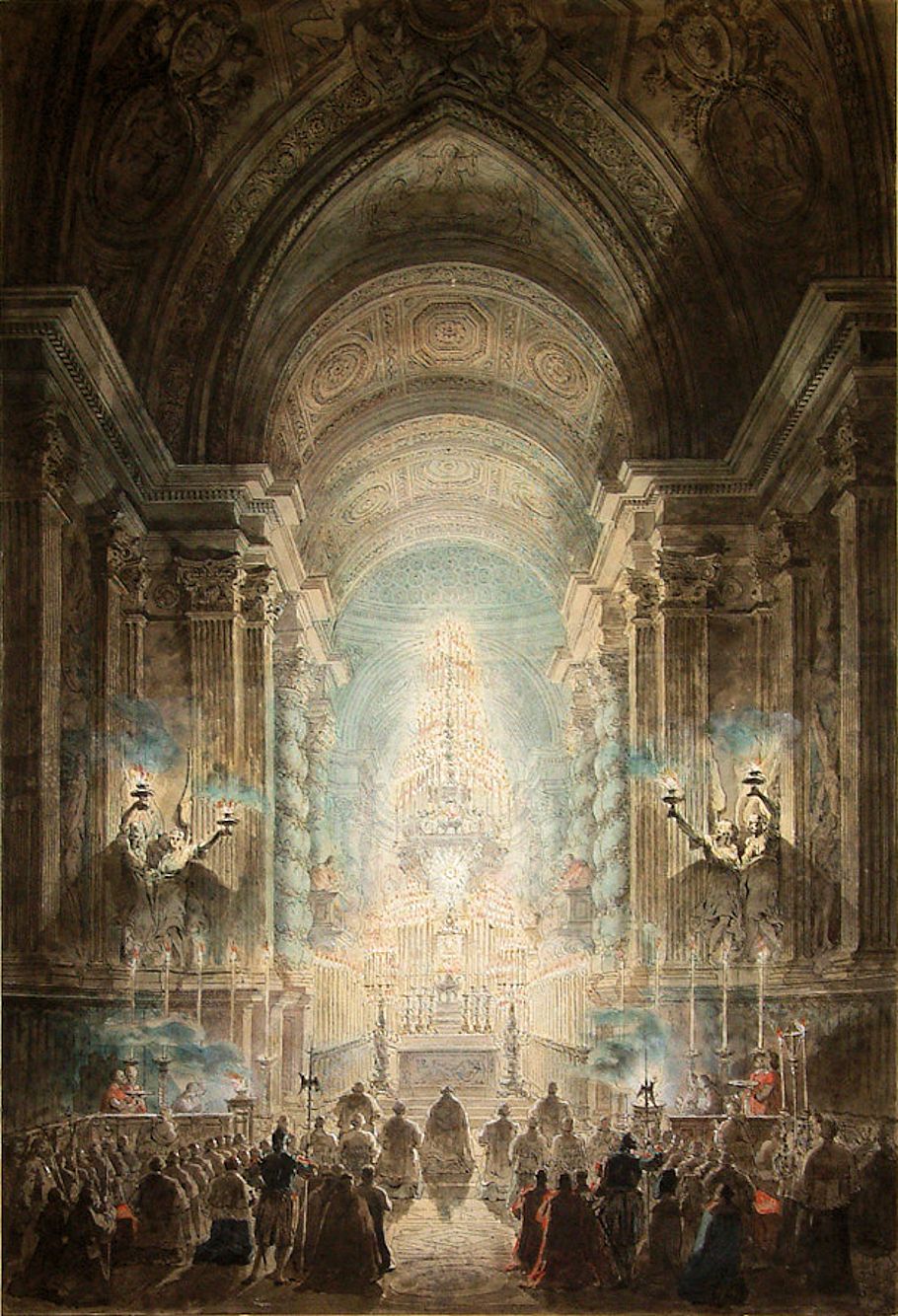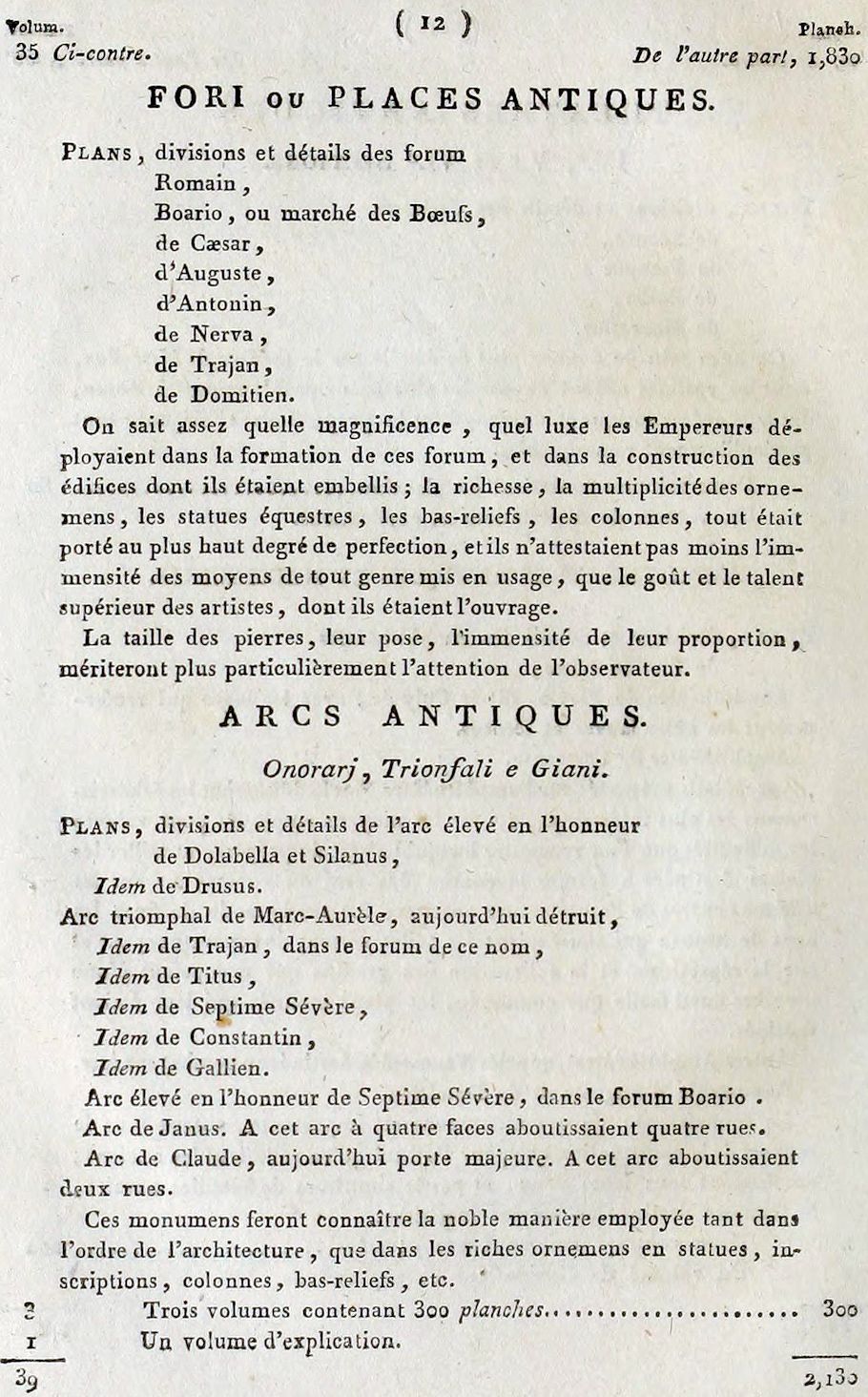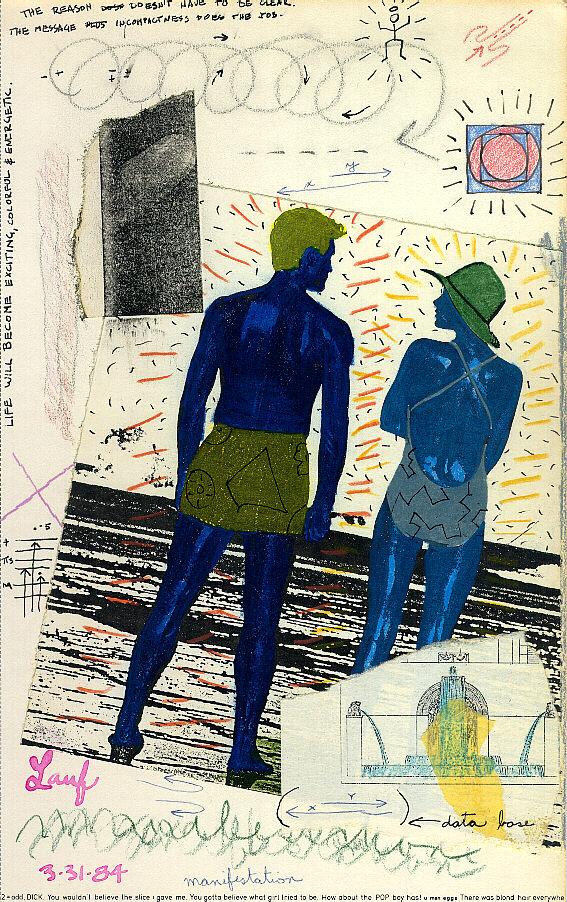31 March 307
Constantine marries Fausta, the daughter of Maximian and sister of Maxentius, at Trier. Minervina, Constantine's mistress and mother of his first son Crispus, is put aside.
1623-1625

(designed by) Peter Paul Rubens, The Marriage of Constantine and Fausta (Philadelphia Museum of Art: tapestry, 1623-25).
31 March 1778 Tuesday
Vases, Candelabra, Grave Stones, Sarcophagi. Tripods, Lamps and Ancient Ornaments volume II

Ancient marble vase at His Excellency Mr. Gen(era)le Schouvaloff representing the Labors of Hercules
The base represents a coffin, which can now be seen in the Villa Casali in S. Stefano Rotondo
A Milord Marchese di Carmarthen amatore delle belle arti
In segno d'ossequio Il Cavaliere Gio. Batt(ist)a Piranesi D. D. D.
Cavalier Piranesi delineated and engraved
24-25 y.o. Francesco Piranesi 1783
The Pauline Chapel, Illuminated, from the Vatican, During the Celebration of the Mass

Etching by Francesco Piranesi of drawing by Louis Jean Desprez, with hand-colouring by Louis Jean Desprez.
45-46 y.o. Francesco Piranesi 1804
Calcography of the Piranesis

FORI or ANCIENT SQUARES.
Plans, sections and details of the forums
Roman,
Boario, or Ox market,
of Caesar,
of Augustus,
of Anthony,
of Nerva,
of Trajan,
of Domitian.
We know well enough what magnificence, what luxury the Emperors displayed in the formation of these forums, and in the construction of the edifices of which they were embellished; the wealth, the multiplicity of ornaments, the equestrian statues, the bas-reliefs, the columns, everything was carried to the highest degree of perfection, and they no less attested the immensity of the means of all kinds put into use, than the taste and the superior talent of the artists, of which they were the work.
The size of the stones, their pose, the immensity of their proportion, will particularly deserve the attention of the observer.
ANCIENT ARCHES.
Onoraj, Trionfali and Giani.
PLANS, sections and details of the arch raised in honor
of Dolabella and Silanus,
Same with Drusus.
Triumphal Arch of Marcus Aurelius, now destroyed,
Same as Trajan, in the forum of that name,
Same with Titus,
Same as Septimius Severus,
Same with Constantine,
Same with Gallien.
Arch erected in honor of Septlme Severus, in the Boario forum.
Arch of Janus. Four streets led to this four-sided arch.
Arc de Claude, now a major gate. Two streets ended at this arch.
These monuments will make known the noble manner employed as well in the order of the architecture, as in the rich ornaments in statues, inscriptions, columns, bas-reliefs, etc.
Three volumes containing 300 plates
A volume of explanation.
31 March 1812 Tuesday

Morning clear, wind N, Therm. 35°. Clouds soon arose and covered the firmament. Wind from NW raw. I visited Gilbert Robinson and went to Frankford to get an order of two j...... to the d....... of the poor. Therm. rose to 47°.
31 March 1984

31 March 2000
journeys out of the body (into hyperspace?)
All of the recent 'scientific' discussion here reminded me of a particular passage I read in Rudolf v. B. Rucker's Geometry, Relativity and the Fourth Dimension (Dover, 1977). I bought the book in 1978 just before I went to rural Missouri to work on a HABS (Historic American Building Survey) team for the summer. My work-mates/room-mates in Perry, MO thought I was pretty nutty to be reading this stuff, but I was genuinely interested. Anyway, a passage from the book's annotated bibliography has always stuck in my mind because of its intrigue--Rucker writes:
Robert A. Monroe, Journeys Out of the Body, (Anchor Press/Doubleday, Garden City, NY, 1973).
So you're tired of just reading about 4-D space and want to go see it for yourself? This book tells you how to get there. Unfortunately, it is also a blueprint for insanity.
Monroe describes a fairly effective method of inducing a state in which one has the feeling of being able to leave one's body, move through walls and so on. Although he never refers to the fourth dimension, the idea of investigating the sort of "astral travel" he describes with an eye to interpreting the observed phenomena in terms of hyperspace is a tempting one.
The technique is basically to "wake up inside your dreams." It is not uncommon for one to have this experience during a daytime nap: that is, that one is awake and aware although one's body is still asleep. If on begins to look for this experience it begins to happen more often, and then astral travel is not far behind.
I worked on this for a few months once, but finally had to give it up as the experiences were so deeply frightening and disturbing. To be fully conscious and aware, and to know that one is in a dream world where anything can happen, to try to wake one's body up and not be able to--aaauugh! Indeed, reading the book, one gets the impression that Monroe finally scared himself into a heart attack.
But forewarned is forearmed, and perhaps some intrepid reader will be able to make something of the old theory that we have souls that move in hyperspace.
------------
I should mention that Rucker's book is a very good, plain English science book that is all about "geometry, relativity, and the fourth dimension," and not some sort of 'new-age' book.
I have never pursued finding Monroe's book, but there may be some renewed interest now.
31 March 2003
Re: stuff that really is life changing
At the Yale Center for British Art (a building by Louis I. Kahn and very nice all by itself) in the large window of the top floor gallery facing closest to the New Haven Commons in the general lower right corner of the large window glass are the scant remains of what looks to be a mosquito embedded in the glass. I call it Teeny.
31 March 2006
Lost ! Need help!!
I was at Potsdamerplatz in May 1990, not at the concert though. The piece of the Berlin Wall on my front window sill is from Potsdamerplatz, my father picked it up. This was my father's trip, I was merely the driver. In a day or two we were on our way back to the Lauf family farm in Poland. Once the Soviets were in control of Eastern Europe beginning right around now 1945, all the ethnic Germans of Eastern Europe lost everything that was theirs, hence I'm directly related to a lot of people that were in refugee camps more or less exactly 60 years ago, that is, if they weren't shipped to Soviet labor concentration camps in Southern Ukraine to mine coal 1945-50. And as to artists in such situations, the first time my father ever saw my mother she was on a stage in a concentration camp in Southern Ukraine, she was playing Donya and he couldn't take his eyes off her. My father was also 'lucky' in that he was soon transferred to construction rather than mining, but my mother mined for five years, however, she too was 'lucky' in that she did immediately accept the opportunity to learn Russian and hence became the leader of her group of women barracks, and thus weekly went shopping for everyone at the local Bazaar.
You know there's this very overgrown little necropolis in Poland a little east of Konin that no one goes near anymore. Otto Lauf the Eldest is buried there.
Yeah scars, what about them did you want to know? Like I guess it really is true that the child of a mother who once suffered from malnutrition might develop schizophrenia.
31 March 2011
is American Architectural Academia about to crumble?
...The virtual takeover of art teaching by the universities in this country has coincided with the dying out of teaching methods passed down from the medieval guilds to the apprenticeship system of the Renaissance and, after, to the nineteenth-century beaux-arts academies in Europe, and this has had a profound effect on the kind of art that gets produced.
"Can there be any doubt that training in the university has contributed to the cool, impersonal wave in art of the sixties?" the critic Harold Rosenberg observed in 1970. In order to become an academic discipline, art had to be intellectualized. Craft and technique were subordinated to verbal analysis, problem solving, and critical theory. University-based art teaching, in fact, became more and more like scientific research, with the pursuit of ideas as its primary goal.
Calvin Tomkins, "Can Art Be Taught?" in The New Yorker (2002.04.15).
31 March 2014
29 March
"These researchers suggest that dreams, or at least some of their more bizarre features, are the associations and memories “thrown out on the desktop of our minds” at random. Our brains apparently make up stories to connect these pieces of memory into some sort of scenario that we can accept."
The dream structure expressed above also describes the structure of a lot of these calendar-day posts in that things I've read/written on a particular day along with things I've written/read the same day in past years are "pieces of memory" connected "into some sort of scenario."
Had an elaborate dream early this morning. There was a deadline to compose a large series of webpages containing a collection of military architectural experiments from all over the planet (compiled by people from countries all over the world). It was all becoming overwhelming because all the data was very quickly funneling down to me and most of all the webpages are still blank. One of the people providing data was Dave Schmitt, one of the first friends I made in architecture school and who will have died tomorrow 20 years ago. He was showing me a classical building model with this obelisk/pendulum inside that was to perform some sort of military operation. After I woke up I was glad the deadline was just a dream.
I might try to start having more dreams like web links.
31 March 2023 Friday
There's lots (more) to say about St. Nicholas. First, this bishop of Myra did exist around the time of Nicene Council (325 CE), but perhaps more likely just a generation later. Literally at this moment, just before midnight, it dawned on me that Nicholas was a very gifted story-teller of recent history. I'll explain better later.
And there's lots more to say about the Rubens tapestry, even some history fixing.
|